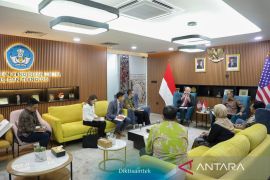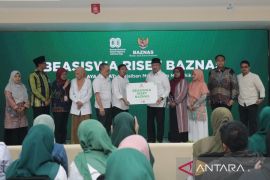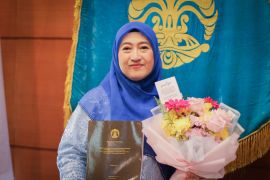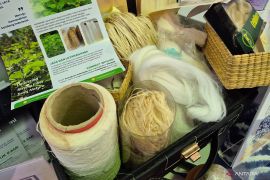Deputy for Life Sciences, LIPI, Enny Sudarmonowati, said here on Tuesday that these Rafflesia mysteries include those concerning its benefits and reproduction.
"Rafflesia arnoldii has been repeatedly cultivated in Bogor Botanical Garden but the flowering did not take place," she said.
Also, she said, this flowers benefits were not known in detail, unlike the benefits accruing from the microbes of Amorphophallus, as discovered by researchers in Japan.
She expected the international symposium on Rafflesia and Amorphophallus, which has brought together researchers and botanists, to reveal more information about the two flowers.
Enny said in Indonesia, 22 species of Rafflesia are found, spread across the islands of Sumatra, Java and Borneo.
Four species of Rafflesia spp, which can still be found in the tropical forests of Bengkulu, are Arnoldii, Gadutensis, Hasselti, and Bengkuluensis.
Amorhphophallus spp species include Titanum, Variabilis, Phaeonifolius, and Gigas.
A researcher from the University of Bengkulu, Agus Susatya, said Rafflesia has a unique deployment system.
"It is not yet revealed how Rafflesia spreads from one habitat to another," he said, adding that agro-climatic conditions which favor the growth of the flower, need to be researched.
A number of researchers from France, Japan, Malaysia and the Philippines are participating in the symposium.(*)
Editor: Heru Purwanto
Copyright © ANTARA 2015











